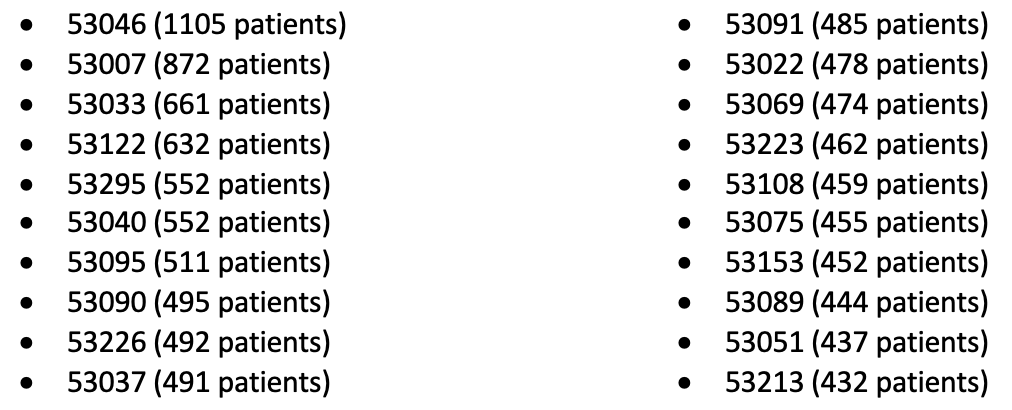Article
High Density of Patients With MS in Midwest Driven by Unknown Environmental Factors
Author(s):
A large number of patients with MS were clustered in an area that may have had high exposure levels of aluminum, which the study investigators noted warrants future research.
Ahmed Z. Obeidat, MD, PhD

In an analysis examining ZIP codes of individuals with multiple sclerosis (MS) in Wisconsin, investigators found disproportionate clusters of patients, not only near the single large academic center used for reference, but in areas further away that could not be explained solely by proximity.1
To explore the influence of environmental exposures in MS, investigators collected patient records of those diagnosed with MS who live in southeastern Wisconsin and were within the Froedtert Hospital and Medical College of Wisconsin Health. The 2010 US Census ZIP Code Tabulation Area data were used to compile populations of patients by ZIP code, while heatmaps generated by Microsoft Excel were used to calculate total patients with MS, patients with MS per 100,000 population, and Wisconsin population by ZIP code.
For senior author Ahmed Z. Obeidat, MD, PhD, assistant professor of neurology, neuroimmunology and MS, and director of neuroimmunology, Medical College of Wisconsin, and colleagues, this was the first study to examine clusters of patients with MS in Wisconsin. Presented at the 2022 Consortium of Multiple Sclerosis Centers (CMSC) Annual Meeting, June 1-4, in National Harbor, Maryland, the study identified a total of 6674 patients clustered near the MS center (ZIP code 53226), which was expected due to the proximity of patients served.
Within 100 km of the MS center, the density of patients with MS per 100,000 population was 240. In the same distance, disproportionalities were observed in patient density when compared with total population data. The 20 areas with the highest MS densities—described per 100,000 patients—by ZIP codes within 100 km of the MS center were as follows:
Click to enlarge.

READ MORE: Plasma Neurofilament Level Correlated With Symbol Digit Modality Scores Following Ozanimod Treatment
One such ZIP code—53095—stuck out to investigators, as they noted a high density of patients in that area, which had a major aluminum factory in operation until 2001. A notable 2020 study compared patients with Alzheimer disease, MS, and autism, and found significant increases of aluminum in all 3 of these diseases compared with controls. The aluminum content of 191 tissue samples was invariably low with over 80% of tissues having an aluminum content below 1.0 ug/g dry weight of tissue.2
There have been several identified environmental factors that contribute to the risk of developing MS, including geographic gradient. A recently published MSBase registry study of over 75 centers across 26 countries identified a significant nonlinear association between MS severity, measured by MS Severity Score, and latitude. In that study, accrual of disability was faster among those with lower levels of ultraviolet B (UVB) radiation exposure at the ages of 6 and 18 years, as well as with lifetime UVB exposure at the time of the disability assessment.3 Other factors such as vitamin D, smoking, and obesity have all played a role in the overall risk.
Click here for more coverage of CMSC 2022.




